Graphic Design & Photography: Michael Lewis
Design Assembly recently got the opportunity to chat with photographer Michael Lewis to find out more about his work and what makes him tick.
This article is proudly brought to you by mychillybin.


Hello Michael, can you tell our readers a little bit about who you are and what you do.
My name is Michael Lewis, I’m a father, a husband, I’m owned by a Devon Rex cat and a cross fox terrier/poodle (doodle, teroodle, foxidoodle, pooderrier? Go figure!). I make pictures and tell stories to keep the family fed and myself sane. I have worked in the Advertising, Design and Editorial and Documentary industry for about 20 years, supplying them with visuals and content to help them build and maintain brands that keeps our crazy consumerist world happy and entertained.
How would you describe your work?
I’ve always found it difficult to explain my commercial work or to put a label to it. I prefer to be hired by clients to help design a visual language for a brand as opposed to a brand wanting to use my “style” for their particular project. A lot of photographers are known for and pursue their “look” but I have found that creating a body of work around a certain palette and structure, personally limiting, and so I’ve consciously stayed away from any type of labelling, or pigeon holing. In a television commercial or a movie, there are 2 ways to put music to the project — by finding existing songs or to hire a composer to create the specific sound track — photographically, I prefer to be in the latter group.
How did you first get started in the industry?
After school I went straight into art college and completed a masters degree in photography. I then did a 2 year stint working with various advertising photographers to get an understanding of how the business worked before launching out onto my own. I’ve been working in the Advertising and Design industry since.
Whereabouts are you based?
Currently I’m living and loving Auckland.
What are some of the best bits, and also some of the challenges about what you do?
What I love about the Advertising/Design/Editorial industry is how brands begin to define a society and culture and how that society and culture in turn begins to redefine the brands — sometimes I’m not sure who is actually defining who — it’s this interesting tango/waltz that I love and being part of that process is exciting. One has to be constantly looking at what is happening in your current world and environment, trying to understand it and how to use that information with one’s technical skills to create relevant and current imagery that continues to be the catalyst that is crucial to the change needed for brands to remain relevant. Technically there has been a lot of advancements in equipment that can be used to make visuals — drones, small mirrorless cameras, camera phones to name a few, and this has opened up a whole new way to translate what is in front of the lens. Many many years ago, before the first 35mm camera was invented, everything was shot on clumsy large format plate cameras, they had certain limitations and strengths and needed a particular approach when photographing. When the small 35mm camera appeared, it changed the way that photographers looked at the world and how they translated it — we are going through that process again now. And this is the new arena where photographers are either laid to rest, created, or born again.
What project, personal or professional, are you most proud of and why?
I have recently taken a year’s sabbatical to reassess myself as a photographer, to see where I want to be in the next 10 years, to understand where the image making business is headed. There have been so many changes this past 10 years — social media, photography merging with moving content, digital platforms, etc, and one has to figure out how that change affects your way of working and how you can still remain a relevant part of the process. So, I’ve been retraining my eye by shooting a number of personal projects, responding to the subtle differences found in NZ society compared to other countries I’ve lived in. One project is based on Dairies. They are under threat from big chain supermarkets and petrol station kiosks, crime, amongst other things. I’ve focused on the actual shops at twilight, their owners and the product that is their best mover — and it’s been interesting to see what products sell the most in certain areas. Again, we see how brands and products are defined by the society, or is it the other way around? 😉
Your images are incredibly varied. Do you have any insider tips for budding photographers out there?
There are going to be people who tell you that you need a “style”, that you need to “own” your own language. Agents are very prone to this thinking as they want to be able to market you in a specific way — this photographer has a minimalist feel, this photographer has a natural lifestyle feel, this photographer has a strong surreal conceptual feel, etc. The problem for me is that if you have been shooting for 20 years or more, you will have (hopefully) grown visually through experimentation, and research and your style will have moved possibly from, say, surreal, to lifestyle, to minimalist, to humour, to landscape, to documentary, etc. Now you have this large range of “styles” under your belt. You are ”multi styled” and an interesting cross pollination process begins to happen… You are able to mix and match elements from various styles and create a new and fresh visual language.
When I’m chatting to young photographers who are asking the big questions about how they can improve their work, I suggest they go spend a lot of time reading about where photography has come from, from its birth in 1839 all the way till today. Learning technique is not that difficult with all the advancements in digital technology and Photoshop. What is difficult is understanding the nature of the photograph. Why is a photograph good? Why is it relevant? Why does one image move you and another one doesn’t? When you begin to understand that, your photography will improve exponentially. There are so many horrid and boring visuals that dominate the public spaces that we are exposed to, I believe it’s because people don’t understand what makes a good visual.
Where do you go to find inspiration?
Everywhere, from movies, to documentaries, to history books, books about the philosophy of photography and its history, books on paintings, books on artists (old and new), art exhibitions, photography exhibitions. I can easily spend half a day going down rabbit holes on the internet while doing research and end up with pages of ideas for projects or ideas for a commercial brief that I’m working on. Picking up my small mirrorless Fuji and going for a walk in an area I’ve never been to is creative therapy for me.
What’s next for you in 2017/18? What do you have lined up?
I try to live in the moment and that means responding to whatever is presented to me now. No project is too small or irrelevant, all brands deserve to be treated with the same commitment, whether it be a global brand with a massive budget or a small start up from around the corner with hardly any budget — the idea is how do you use your skills to build a brand? That’s what I’m focusing on for now. Im also busy redoing my website which I hope to make live early 2018.

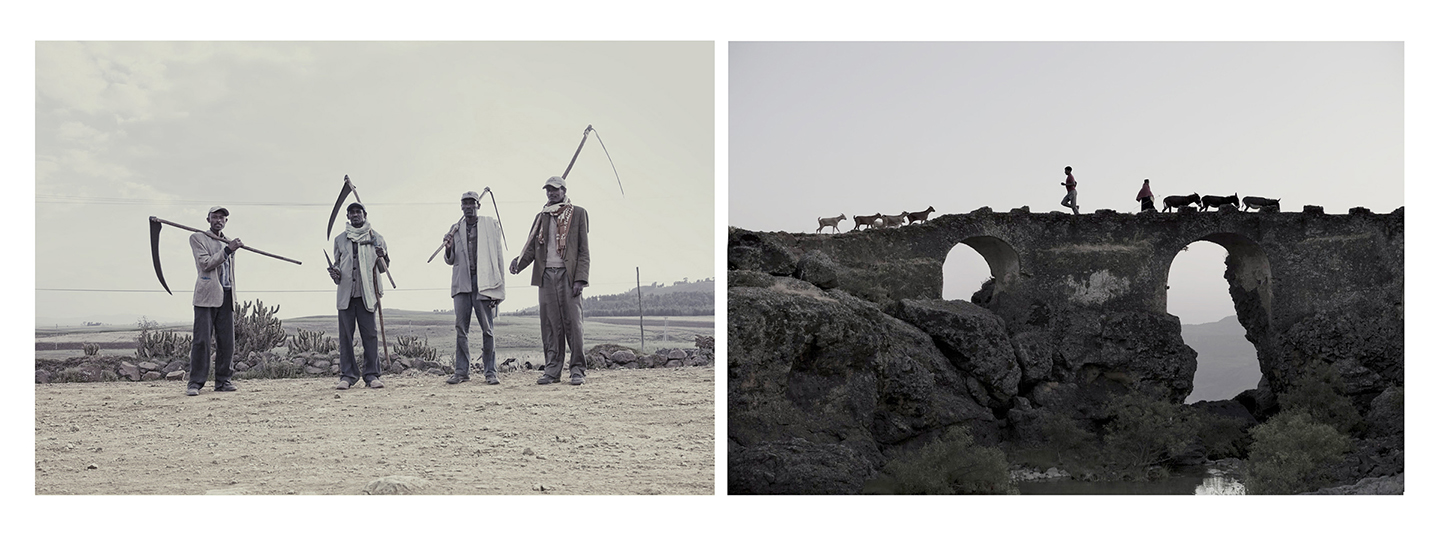






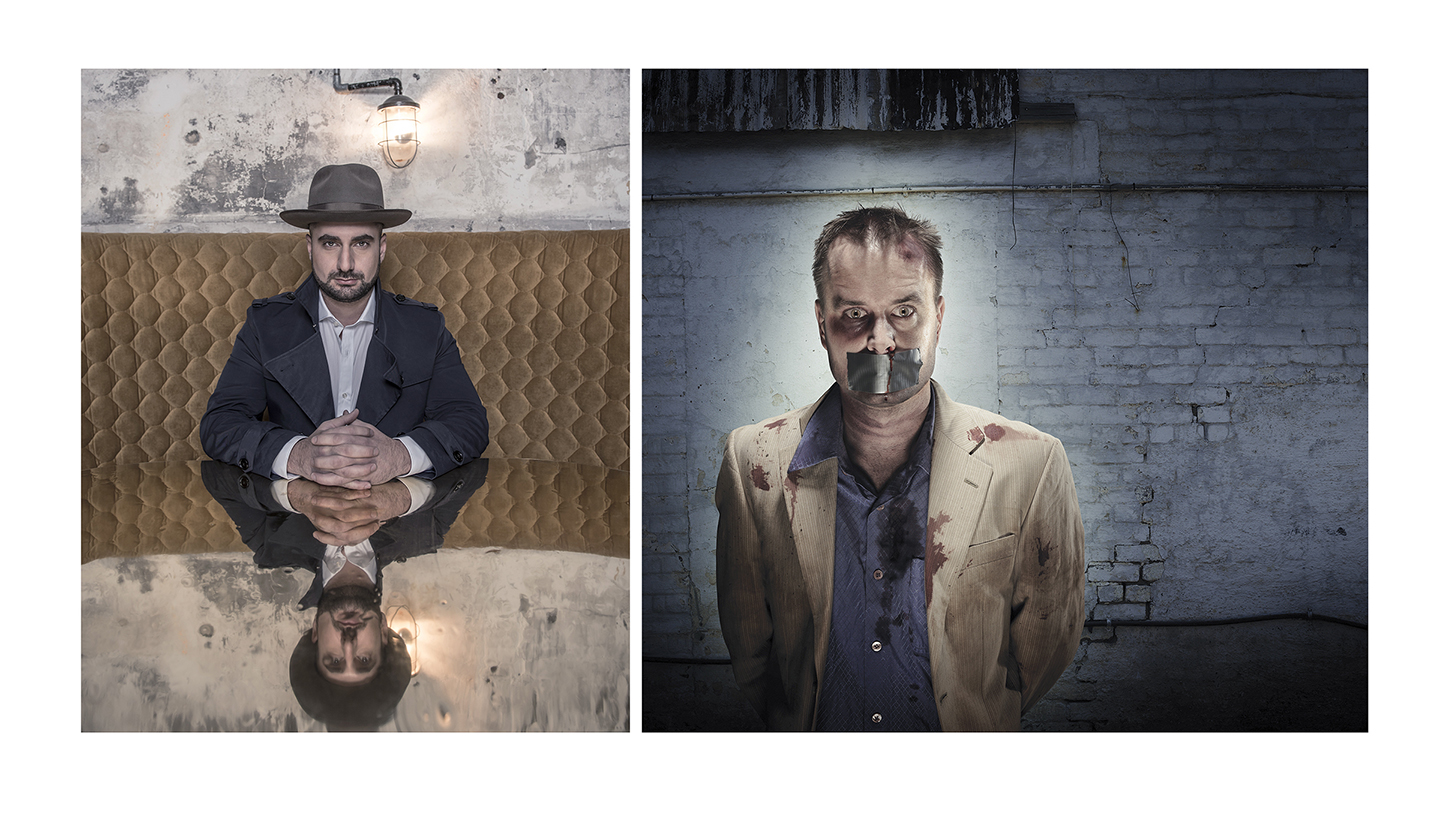
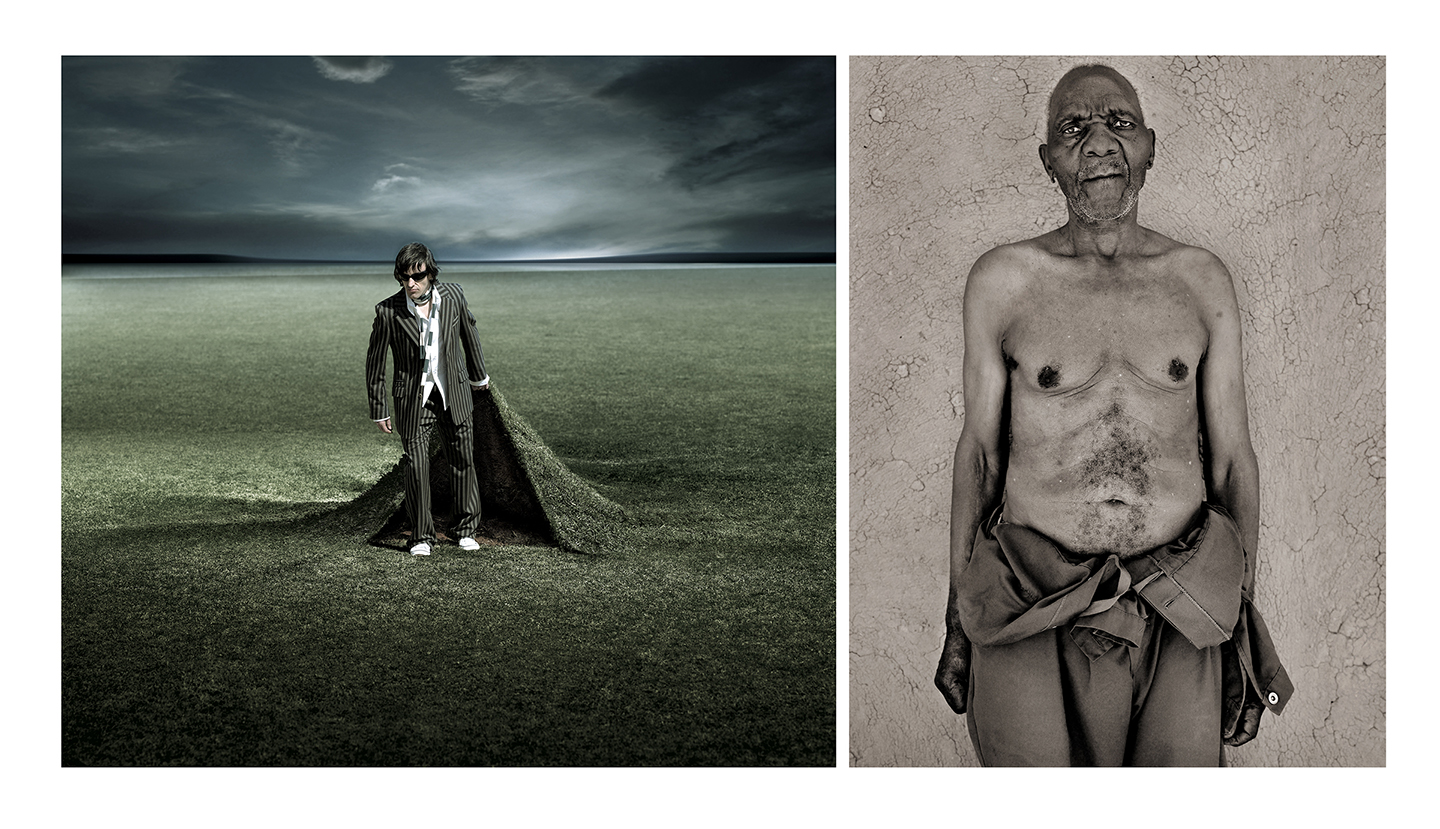

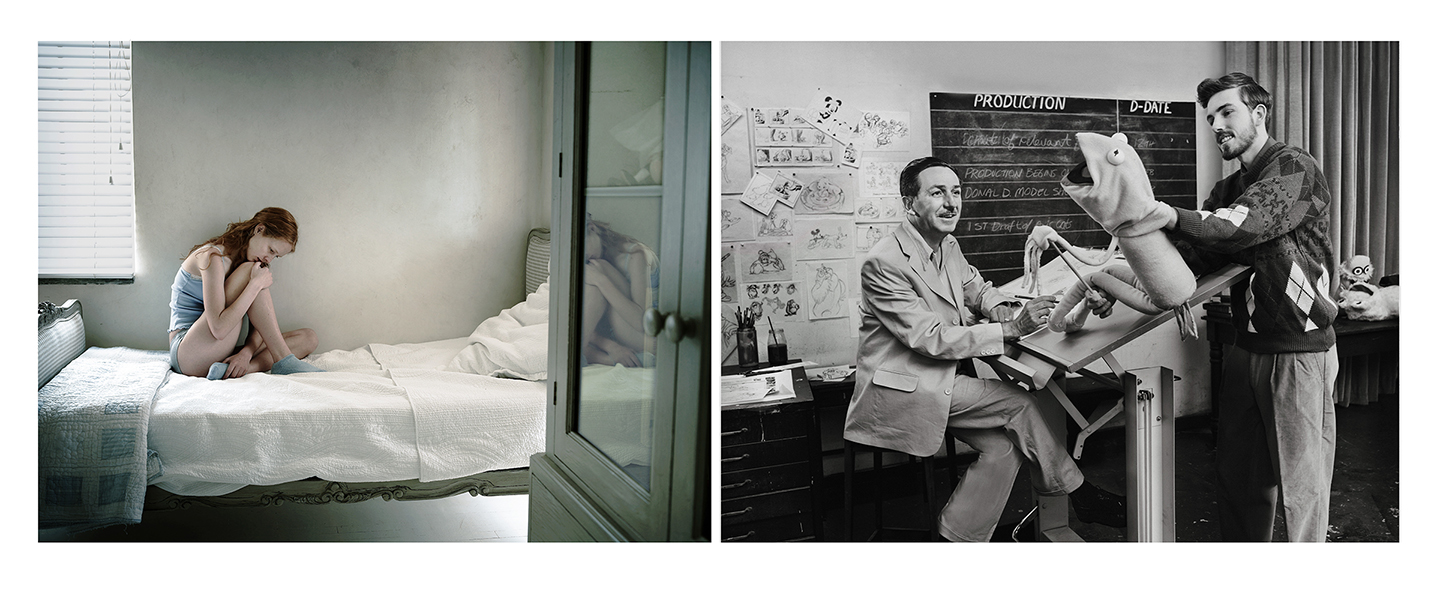





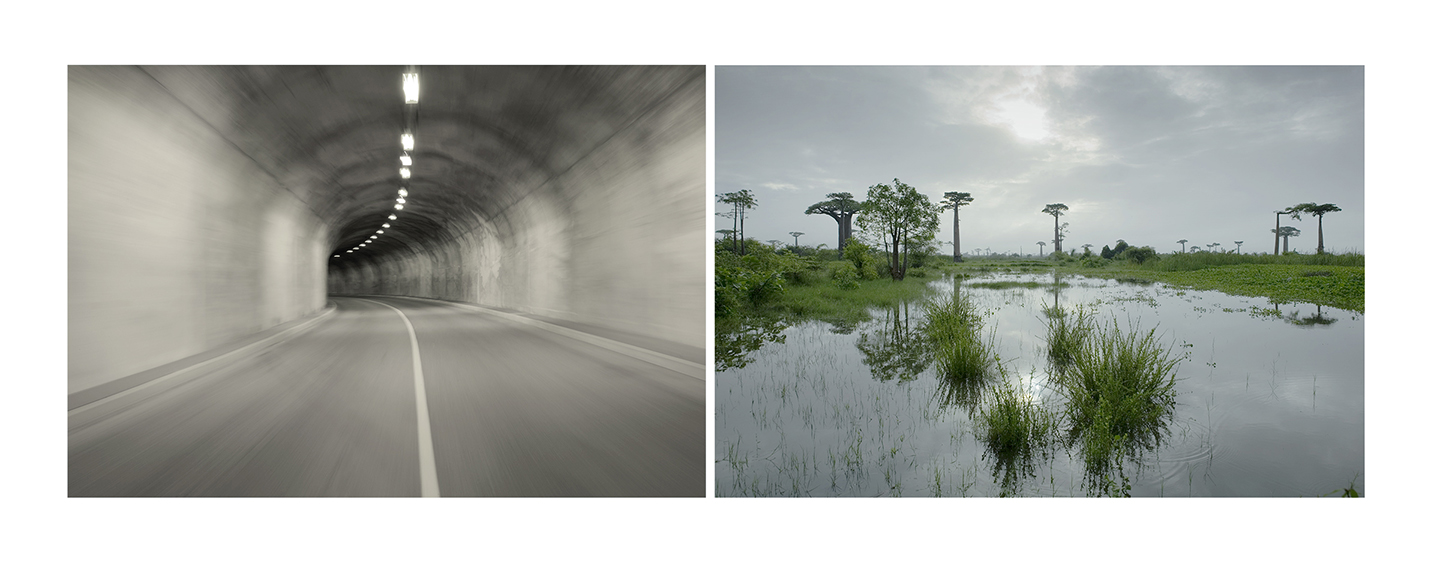

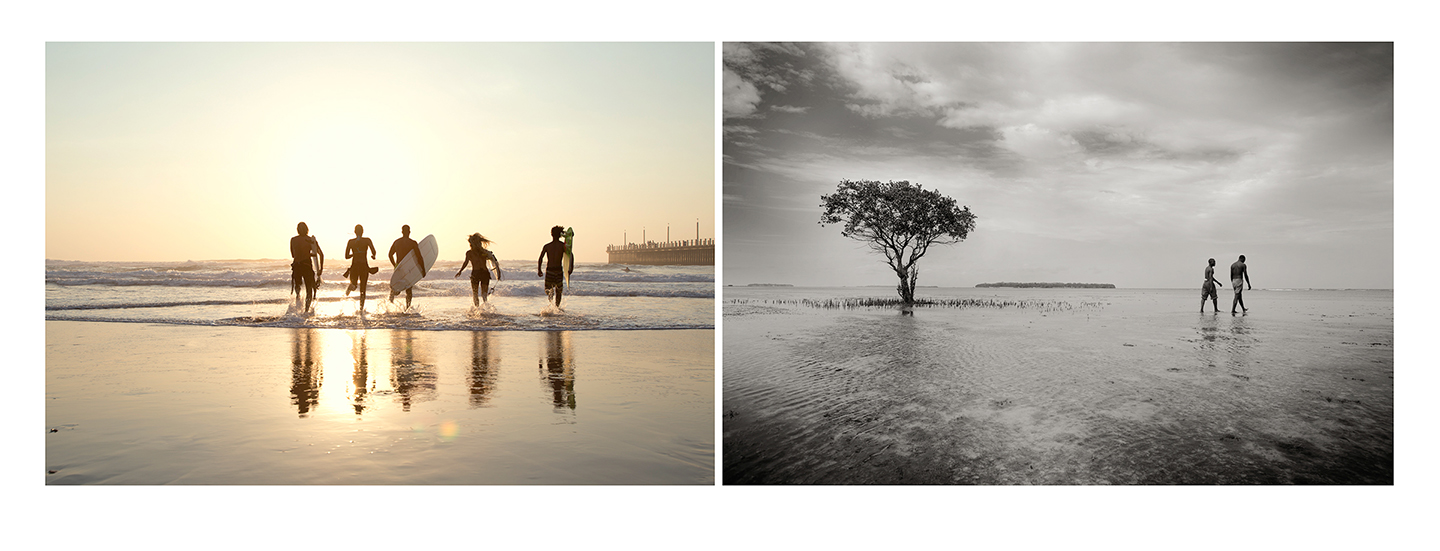
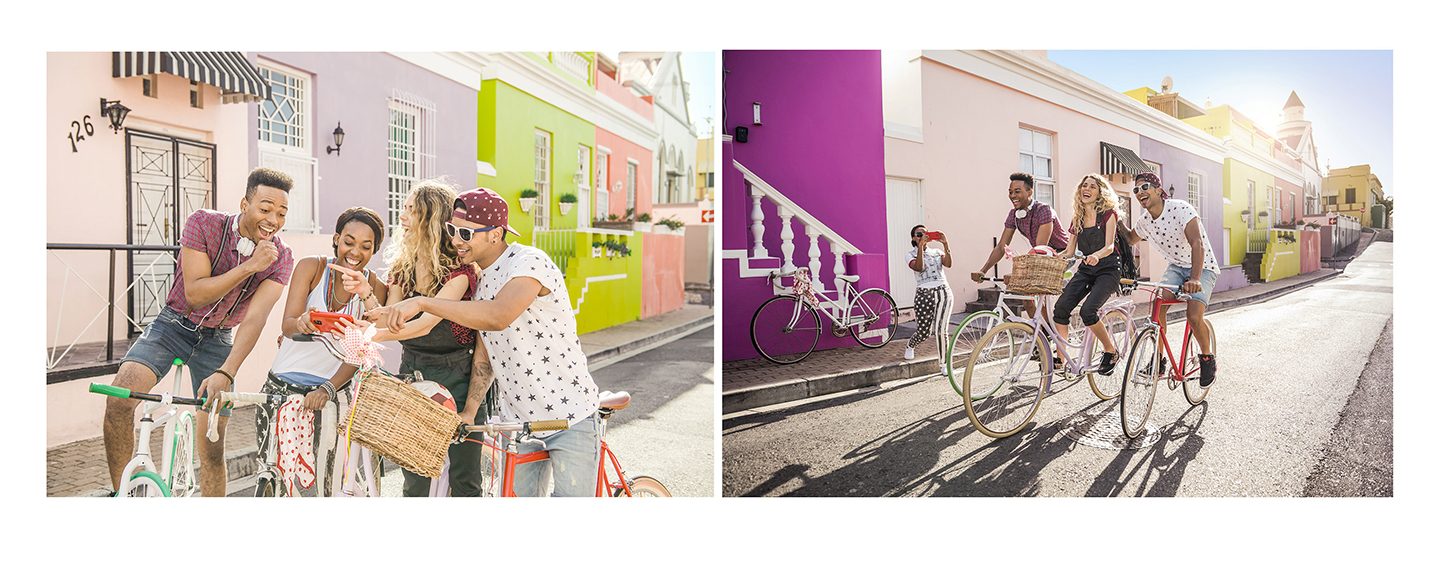

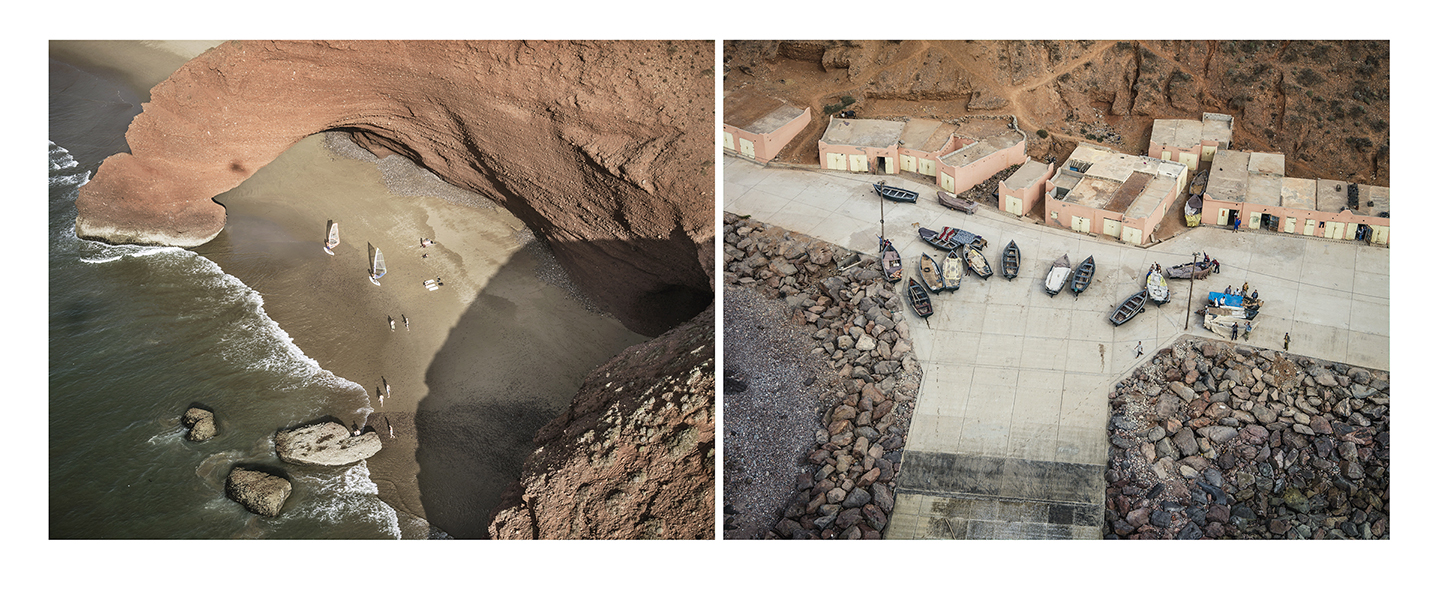
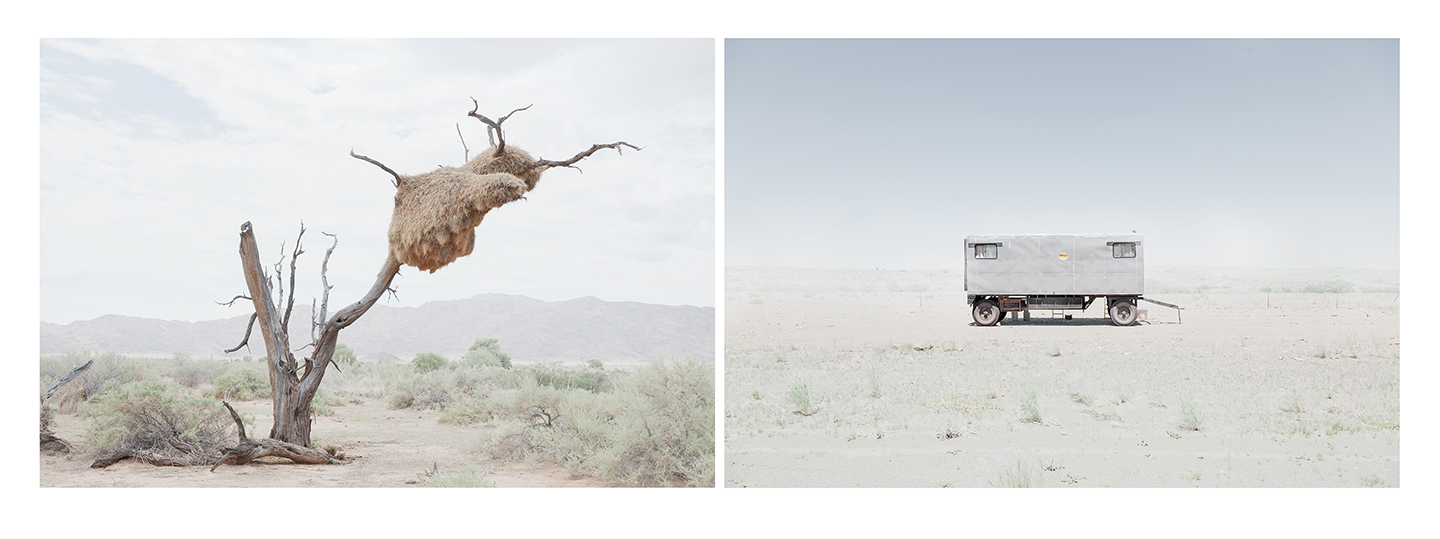

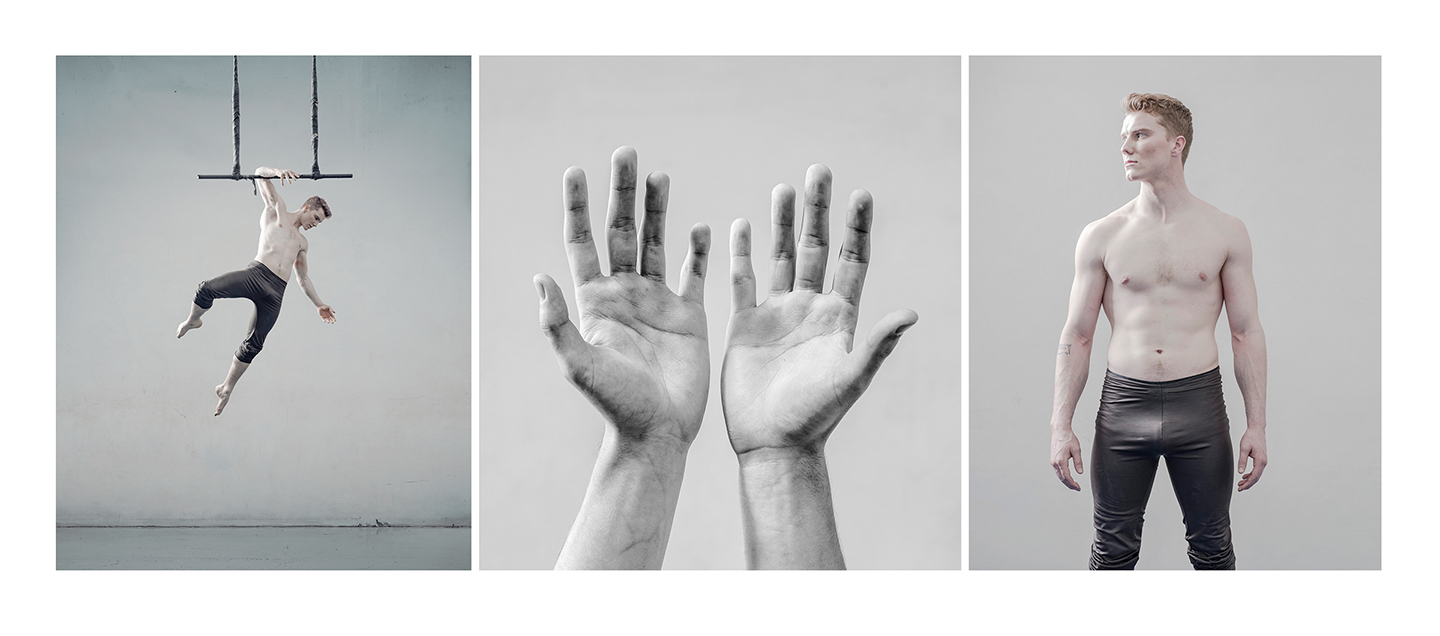
Where can we see more of your work?
Well, as I said, I’m redoing my website (it hasn’t been updated for over 3 years), but for now links are found on my instagram account: michaeljohnlewis66.
NB: I’ve deliberately shown 26 x sets of images, the same amount as letters in the alphabet, to illustrate that photographs are a language 🙂
Thanks for sharing some of your incredible body of work with our DA readers, Michael.




